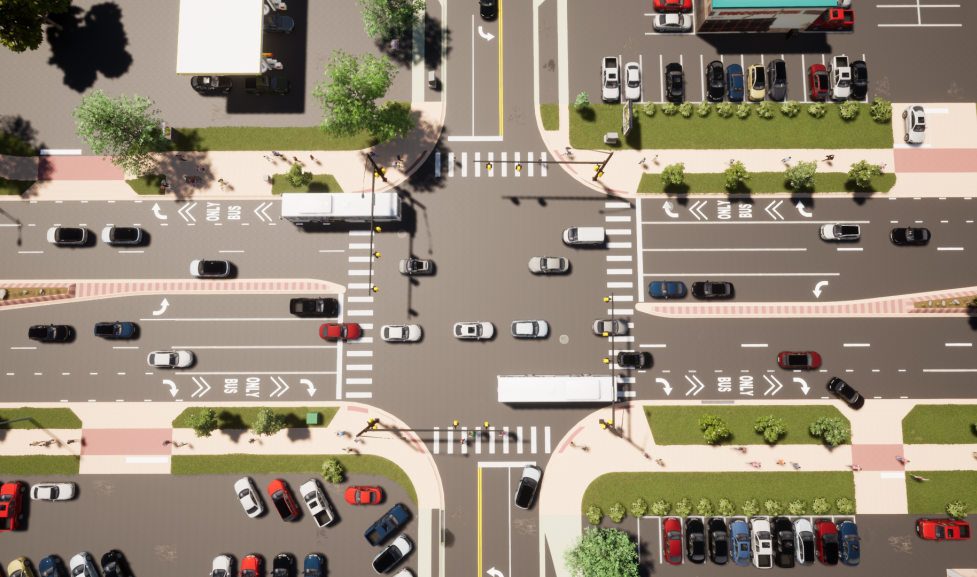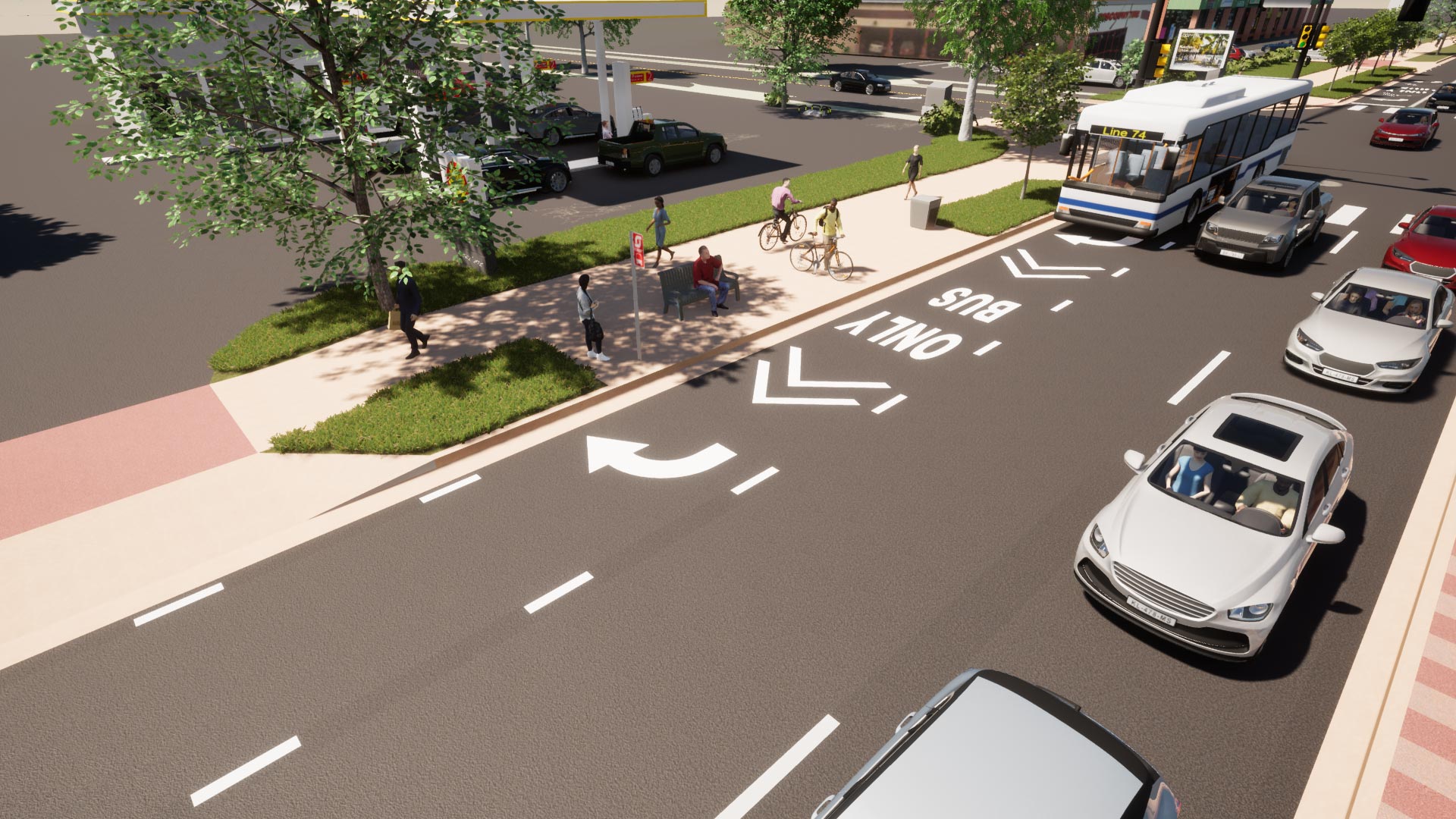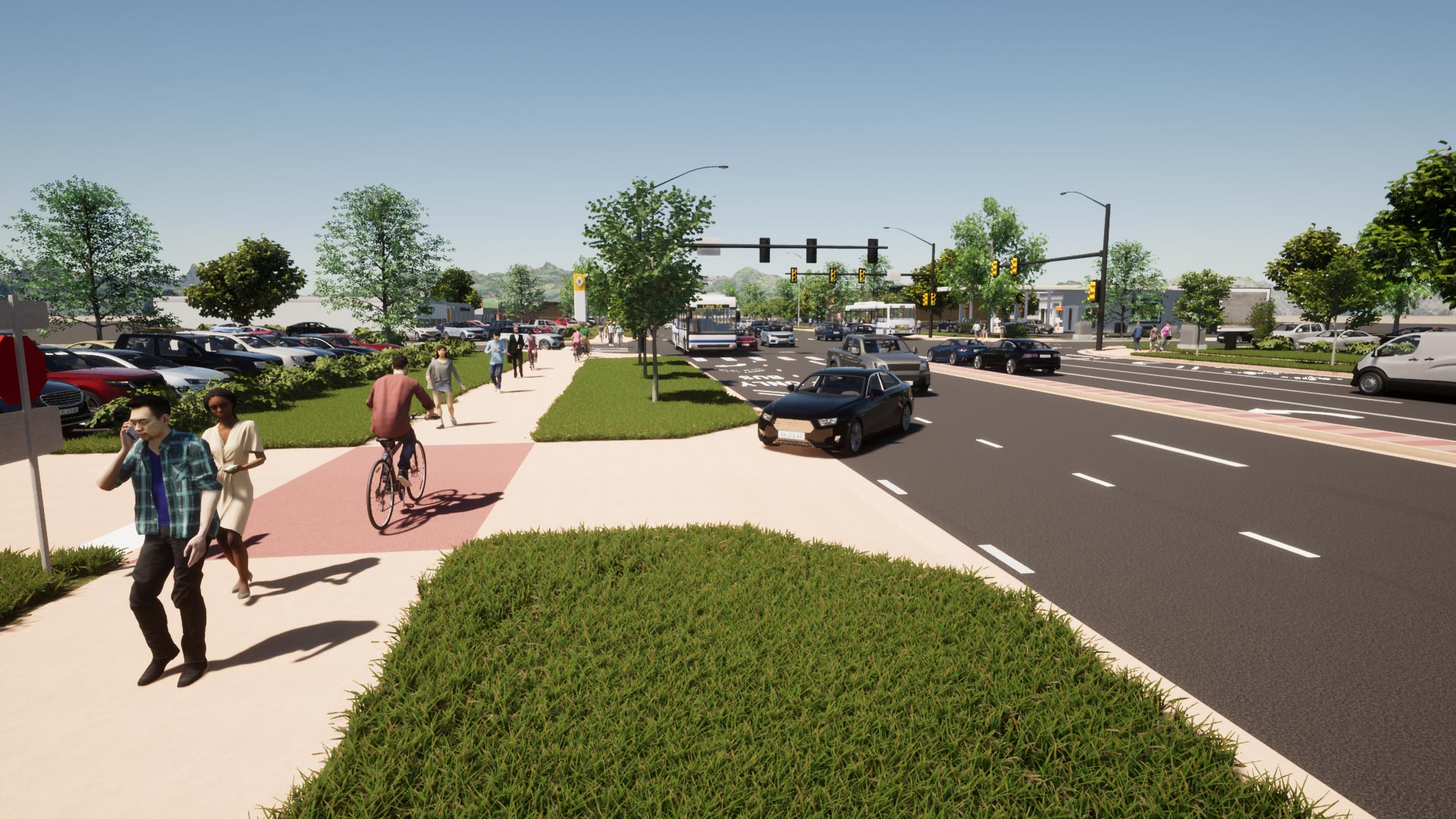Project Overview
28th Street/US 36 is a state highway (US 36) and a gateway to Boulder for employees, visitors, students, and local residents. Corridor planning began in the early 2000’s, with a cutting-edge Complete Streets design which has since evolved to sync with other regional projects and to support the community’s current and future transportation needs.
Once the project completes work between (Iris Avenue to Canyon Boulevard) is completed, 28th Street from Iris Avenue to Baseline Road to Iris Avenue will be transformed into a multimodal corridor with a consistent design that delivers transportation, safety, aesthetic and economic improvements.


